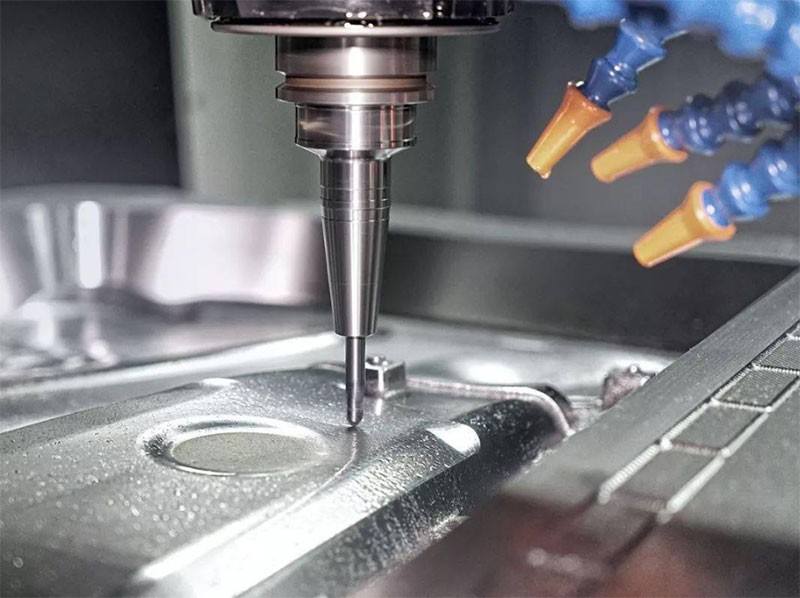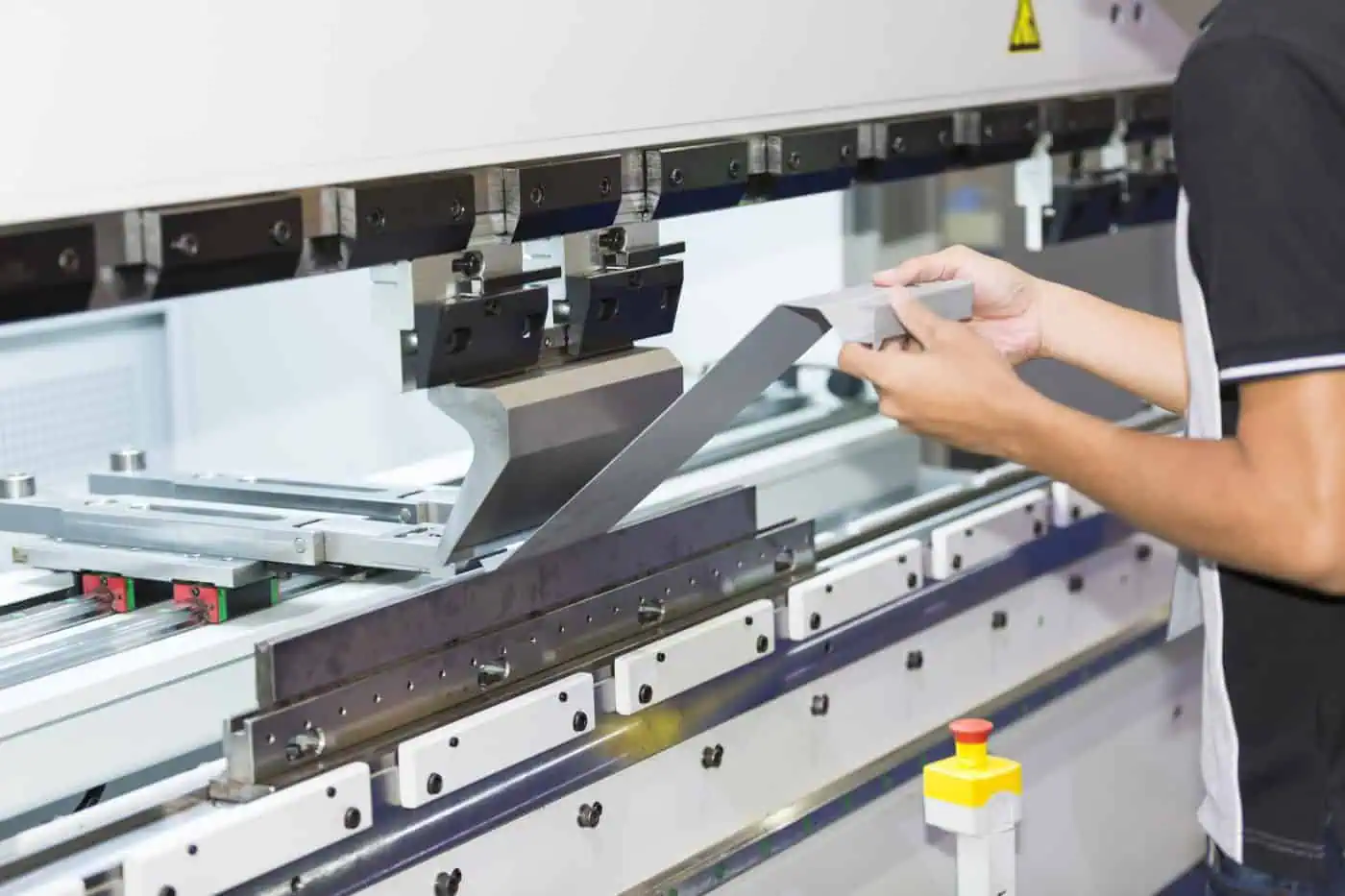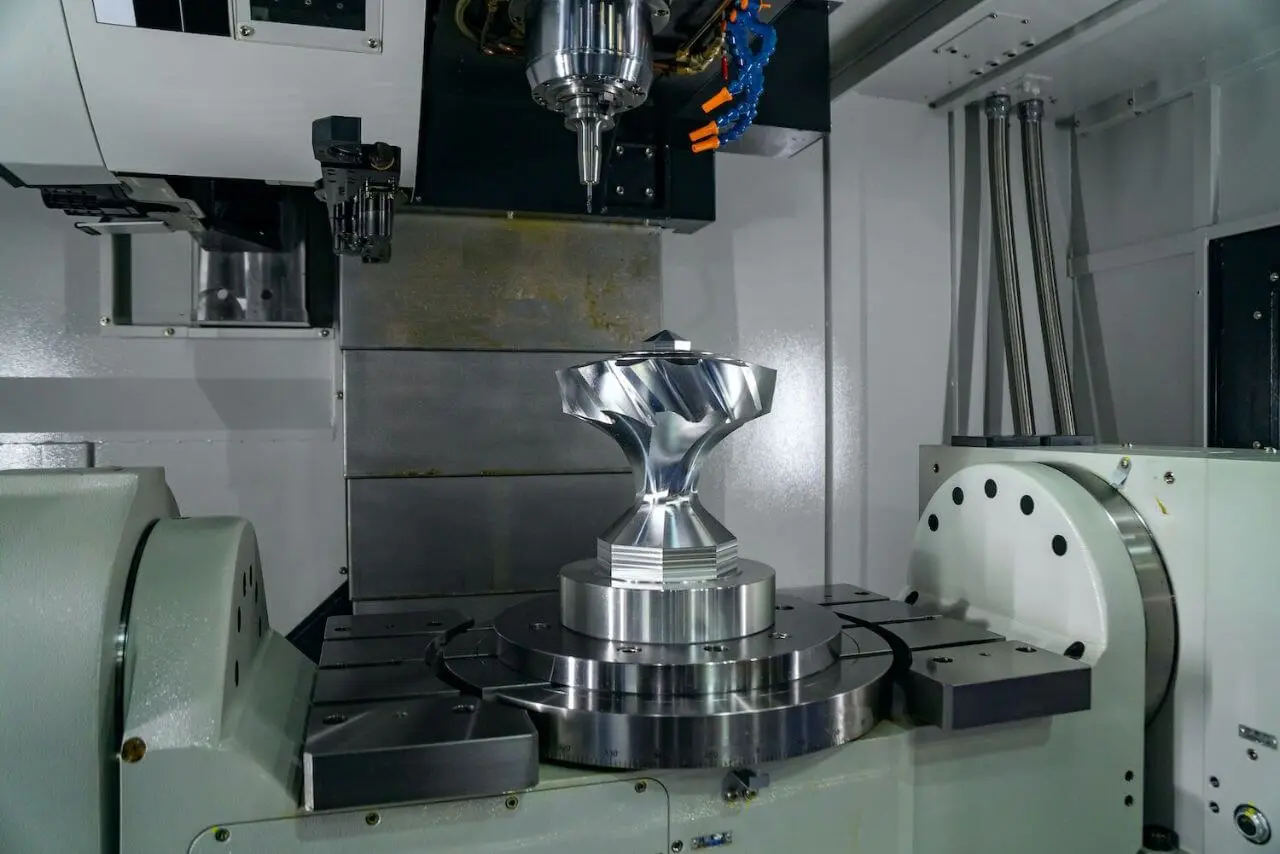CNC machining enhances precision, reduces costs, and accelerates production in medical device manufacturing, allowing for advanced, patient-specific solutions
Easily Customize
CNC machining has come to revolutionize medical device manufacturing by providing unparalleled customization opportunities. With the help of CNC technology, manufacturers are able to produce devices rapidly that are specifically fashioned for a particular patient’s anatomy or a set of medical conditions. In the case concerned, such devices are made with the precision of measurements that are fed into the CNC machine. Subsequently, based on these data, machines are able to cut and shape titanium and plastics, allowing the firm to be sure of the material being in the right dimensions.
With this capacity, the biggest advantage is the ability to produce orthopedic implants and prosthetics crafted to a patient’s body structure. Namely, as an example presented in the previously, the implants of knee replacements created by humans using CNC are perfected to match the contours of a patient’s knee. Consequently, the patient is wearing these for healing and mobility with improved comfort. Moreover, the study indicates that because implants are tailored for a specific patient’s body, the outcome of surgery is only served to benefit, creating more opportunities for success and quicker recovery.
Additionally, with the use of CNC machines, the need for humans in the loop is minimal, ensuring that each run of production is not burdened by small, but existent deviations. In the case of medical purposes, even the slightest changes may play a detrimental role, specifically when patching the device to human body systems. Furthermore, there is no clearer advantage to the use of CNC in producing medical devices than the remarkable accuracy.
Improved Precision
CNC machining’s biggest strength is arguably the surgical precision its application entails. It is possible to perform machining and operations with tolerances as slim as 0.001 inches, which is essential when manufacturing the intricate and small device components such as those of heart valves and stents. This accuracy ensures perfection of each part, facilitating perfect fitting and reducing the chances of malfunction and rejection by the patient’s body.
Cost Efficiency
The application of CNC results in the reduced costs from minimized waste and increased production speed. Semi-manual operations are much likelier to include human error. Moreover, the machining time in this study is significantly faster. In the case of the creation of the crucial part, once the design documents of another part are uploaded, the machine can continuously produce parts in huge quantities. Consequently, the economy of scale and cost-effectiveness of CNC through lower materials used are clear.
Speed of Production
The pace of production that CNC allows is also pivotal. Whereas the wholesale of machined parts would usually take dozens of man-hours and days or weeks, these can be completed in a matter of hours when using the technology. An example in this discussion’s opening included the completion of the customized dental implant production batch in two hours, a number that would be at least tenfold if done manually.
Material Flexibility
The ability to use CNC technology to work with different materials also contributes to the transformation of medical device creation. Machines can both use a plethora of metallic materials, and very high-grade medical plastics are also in their field of work. The latter can be used in the consideration of different vehicle materials that can be produced, as in the case of non-metallic lightweight implants that may be an easier product to adapt and potentially has benefits in terms of exposure to imaging technology.
Better Patient Outcomes
Finally, it is possible to prove that the worst type of CNC use results in better patient outcomes. More often than not, one of the benefits of CNC-based machining is the production of perfected and custom-fitted devices that are guaranteed to be highly compatible with human bodies or general medical science guarantees. Such devices require less invasive surgeries are sure to recover more quickly from post-operation anxiety effects

Quick Change
CNC machining employs quick changeovers in the production of medical devices. Quick changeover refers to the ability to change from production of one component to the manufacture of another almost instantaneously. This procedure is essential when producing multiple different parts of a complex medical device. The quick change process involves programmable CNC setups, which can be adjusted in software. A CNC machine, for example, can be used to produce bone screws. The product change to dental implant can take no more than five minutes. This is enabled by software that stores the design parameters, which only need to be loaded for an alternative product to run. The reduced setup time facilitates the production of large numbers of different components.
Reduced Setup Time
The reduced setup time is the principal reason why CNC machining can change the types of products so readily. Traditional setups could take hours, as each new part design had to be measured, and then tools had to be set by hand. With the CNC machine, the change is done mostly drive in software. The combination of changes needed to fully change a product design takes under ten minutes. This rapid clean-out reduces downtime, enhances productivity, and speeds throughput.
Flexible Manufacturing Systems
CNC machines usually have flexible manufacturing systems to further facilitate their quick change capability. FMS uses storage units so that a robotic arm can automatically load and unload the setup. The arm then places the setup in the machine, and the CNC machine automatically hooks the setup. This allows for continuous operation, with minimal pauses to swap out machines. This is important for applications like medical device machining, where both patient and surgeon require consistent sizes and measurement.
Automated Tool Changes
Here, the most vital purpose the automated tool changer plays is, of course, enabling quick changes. These changers can hold different tools of different sizes, and this makes it easy to switch from drilling a hole with a larger dikembe to finishing it with a small clear mill. In the production of a metal hip joint, the automated tool changer, for example, can switch from the use of a big drill for roughing to a finishing fine mill. The rapid change technology also reduces the turn-around time required to produce each part, permitting the implementation of just-in-time manufacturing. This is critical in the production of medical devices because new healthcare trends, outbreaks, or disasters can cause rapid changes in the demand for medical devices. Additionally, it lowers the cost and hassle of switching set-ups, and this allows more liberal experimentation with new designs.
Any Material is Acceptable
CNC machining is a superior method in the medical device industry mainly because it can work with virtually any material. Thus, manufactures can tailor the materials used in each product to be perfect according to the exact type of medical application required by a patient. Metals such as titanium and stainless steel or plastics and polymers, CNC machines can cut them precisely to each required shape. The materials can be chosen to criteria such as biocompatibility, strength, or flexibility.
Metal Machining
CNC machining can shape metals such as titanium and stainless steel into complex implants like hips or spinal inserts. These are important because they are used in large-scale cases and order and they require careful processing for each patient’s particular shape. Titanium is the perfect example of a material that is highly used in the medical industry because it can stay for years in the human body without causing any problems, it is also highly corrosive, adding to its biocompatibility. This is essential for patient safety.
Polymers and Plastics
CNC machining is also used to shape plastics and polymers in order to create parts for less invasive devices. One such material is PEEK, which combines thermal stability with the chemical resistance and strength of a polymer. Thus, PEEK devices might include customized prosthetic limbs or surgical instruments.
Composite Materials
Composite materials are also becoming increasingly important in medical device manufacturing. They can be engineered too by CNC machines, allowing manufacturers to produce devices that meet specific performance criteria. Devices like heart valves or catheters require varying levels of flexibility, density, toughness. These composite materials can now be used to create tailor-made heart valves.esc
Material Integrity
One of the most important problems related to machining a variety of materials is maintaining the integrity of each material in each device and during the whole manufacturing process. CNC machines do this by using control cutting environment and tooling in order to protect the material and prevent any form of contamination. Do not hesitate to contact Goldstone Dental & Orthodontics for more insightful information it can be provided.

Complex Becomes Simple
CNC machining clearly simplifies the production of complex medical devices. By applying the precise and automated nature of this technology, it transforms complex design blueprints into actual products. It is especially simplified in the case of medical devices because the complexity of devices is closely related to patient care.
The advanced software controlling CNC machines can interpret highly complex geometric designs and perform accurate cuts and shapes on various materials. This allows creating the devices with an elaborate and complex internal structure, which would be difficult, if not impossible, to obtain with manual work. At the same time, it leads to simplifying the production process because of the following reasons.
Reducing Time and Number of Production Stages
The main advantage of CNC machining, in this case, is the integration of multiple manufacturing processes into one setup. This means that parts will no longer need to be shifted around various machines, which will drastically reduce handling problems. For instance, complex bone drills used by neurosurgeons can involve more than 20 components. With the help of one CNC machine, all aspects of creating these components, from drilling and milled to finishing, can be completed. The whole process may require only 12 minutes, while traditional manual work may lead to several hours of production.
High Precision Necessary for Device Complexity
Neurosurgical instruments are an example of devices that may contain tiny complex features that rely on highly specific dimensions. The CNC machine is automated according to the design, making any part exactly as specified in the blueprint and providing uniformity across batches. This feature is critical because any changes are likely to affect the function of these devices and put patients at risk.
Automating the Production
Moreover, an important aspect of the use of CNC machines in the production of medical devices is reduced human error. Human work is not completely removed, as professionals should develop a design and check the work performed by CNC machines. However, the production process itself is automated, meaning that the same result is always expected and achieved. Even the most skilled workers make occasional errors, so the exact replication of the work with the help of the computer removes the possibility of human mistakes.

Save Money
CNC machining is a robust technique for decreasing costs in the creation of medical devices. Since this technology allows for the differentiation of the production process, CNC devices reduce the financial burden for assemblers. It is beneficial in terms of reducing labor and materials costs. Their efficient use is reflected in the decrease of human error, which, in turn, favorably affects production costs and the financial performance of organizations. CNC allows creating a flawless copy of the prototype.
Reduced labor costs
One of the main benefits of CNC machining is a drop in labor expenses. Traditional methods of medical devices’ production require a qualified technician to complete several phases of the production process. It is thus necessary to adjust, set up the equipment, and ensure that everything works correctly. In the case of being installed and programmed, CNC accepts minimal human intervention. Thus, companies need a smaller number of machinists who can operate multiple devices simultaneously.
Decreased material consumption
Another way that CNC facilities reduce manufacturing costs is that they customize or reduce material use. The accuracy of the CNC makes it possible to lower the consumption of materials or get more of a particular medical device from the same raw material. Moreover, the devices can be used, for example, with titanium, whose cost is immense.
Faster production rates
The speed of CNC also makes it advantageous concerning money saving. Products made with the help of the devices are produced much faster. Thus, more batches can be made at a reduced period of time. Performing a certain batch of products costs less. As a result, even drawing the most complex device becomes profitable.
Reduced error rates
There are less labor costs and fewer expenses, as machining meets errors ten times less frequently than manual assemblage. Every time something goes wrong with the manual technique, that will cost in terms of either finding a solution or replenishing materials. CNC is a flawless production process, and less cost is spent on compensating the errors of the human factor. They ensure there will be no further need for corrections or amendments. It also takes less time to complete the CNC production.








